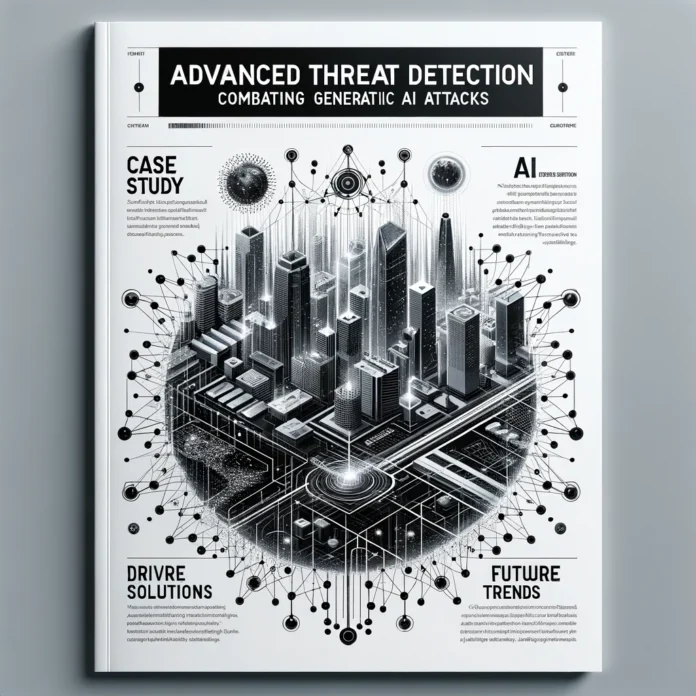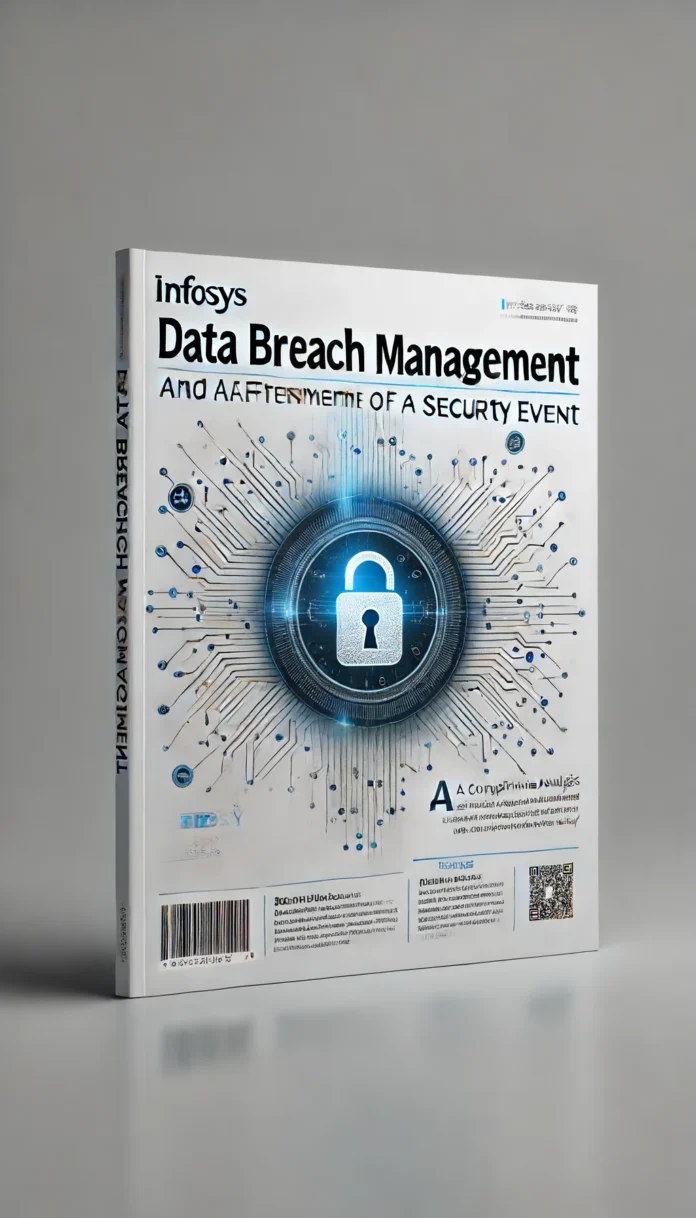In today’s rapidly evolving digital landscape, organizations face an ever-growing number of cyber threats and stringent regulatory requirements. Navigating these complexities is daunting, especially for industries with unique compliance mandates. Stakeholders across sectors are keenly aware of the dire consequences of non-compliance, including hefty fines, legal repercussions, and damage to reputation. Hence, there is an increasing demand for robust cyber risk management solutions to ensure compliance and protect organizational integrity. This article delves into how different industries can leverage these solutions to stay ahead of ever-changing regulations.
Understanding Cyber Risk Management Solutions
Cyber risk management solutions encompass a suite of tools and strategies designed to identify, assess, and mitigate cyber risks. These solutions are crucial for maintaining regulatory compliance and safeguarding sensitive data. By implementing comprehensive cyber risk management practices, organizations can proactively address vulnerabilities, respond to incidents, and ensure continuous improvement in their cybersecurity posture.
The Importance of Compliance in Cybersecurity
Compliance with regulatory frameworks is non-negotiable for industries dealing with sensitive information. Regulations such as the General Data Protection Regulation (GDPR), Health Insurance Portability and Accountability Act (HIPAA), and the Sarbanes-Oxley Act (SOX) set stringent guidelines for data protection and privacy. Failure to comply can result in severe penalties and loss of consumer trust. Therefore, cyber risk management solutions play a pivotal role in helping organizations adhere to these regulations.
Industry-Specific Applications of Cyber Risk Management Solutions
Healthcare Industry
The healthcare sector is a prime target for cyber-attacks due to the vast amount of sensitive patient information it handles. Compliance with regulations like HIPAA is critical to protect patient data and ensure privacy. Cyber risk management solutions in healthcare involve implementing encryption, access controls, and continuous monitoring to detect and mitigate threats. For instance, according to a report by IBM, the average cost of a healthcare data breach was $10.10 million in 2023 . By leveraging advanced cybersecurity measures, healthcare organizations can significantly reduce these risks and comply with regulatory requirements.
Financial Services
Financial institutions are under constant pressure to comply with regulations such as SOX, the Payment Card Industry Data Security Standard (PCI DSS), and Anti-Money Laundering (AML) directives. Cyber risk management solutions for the financial sector include transaction monitoring, fraud detection, and secure data encryption. According to a 2023 survey by Deloitte, 70% of financial institutions reported an increase in cyber threats . Implementing robust cyber risk management strategies helps these institutions stay compliant and protect their assets and customer data.
Manufacturing Industry
Manufacturers increasingly adopt digital technologies, making them vulnerable to cyber threats. Regulations like the International Organization for Standardization (ISO) standards mandate stringent cybersecurity measures. Cyber risk management solutions in manufacturing involve securing industrial control systems (ICS), implementing network segmentation, and conducting regular vulnerability assessments. A 2023 study by the Ponemon Institute found that 43% of manufacturing firms experienced a data breach in the past year . Effective cyber risk management is essential for compliance and protecting intellectual property.
Strategies for Implementing Cyber Risk Management Solutions
Risk Assessment and Management
Conducting thorough risk assessments is the first step in implementing cyber risk management solutions. This involves identifying critical assets, evaluating potential threats, and determining the impact of potential breaches. Organizations should develop risk management frameworks that align with industry-specific regulations.
Continuous Monitoring and Incident Response
Continuous monitoring is crucial for detecting and responding to cyber threats in real-time. Implementing security information and event management (SIEM) systems helps organizations track suspicious activities and mitigate risks promptly. Developing robust incident response plans ensures that organizations can quickly contain and recover from cyber incidents.
Employee Training and Awareness
Human error is a significant factor in many data breaches. Regular training programs and awareness campaigns can educate employees about cybersecurity best practices and the importance of compliance. According to a report by the SANS Institute, 95% of cybersecurity incidents involve human error . Investing in employee education is essential for reducing risks and ensuring compliance.
Benefits of Cyber Risk Management Solutions
Implementing comprehensive cyber risk management solutions offers several benefits, including:
- Enhanced Data Protection: Safeguarding sensitive information from unauthorized access and breaches.
- Regulatory Compliance: Ensuring adherence to industry-specific regulations and avoiding penalties.
- Improved Incident Response: Promptly detecting and responding to cyber threats to minimize damage.
- Increased Customer Trust: Building confidence among customers and stakeholders through robust cybersecurity practices.
Conclusion
Navigating the complexities of compliance and regulation in today’s digital age requires a proactive approach to cybersecurity. Cyber risk management solutions provide organizations with the tools and strategies needed to stay compliant with ever-changing regulations. By understanding industry-specific requirements and implementing robust cyber risk management practices, organizations can protect their assets, maintain regulatory compliance, and build trust with their customers. As the threat landscape continues to evolve, investing in comprehensive cyber risk management solutions will remain a critical priority for all industries.





